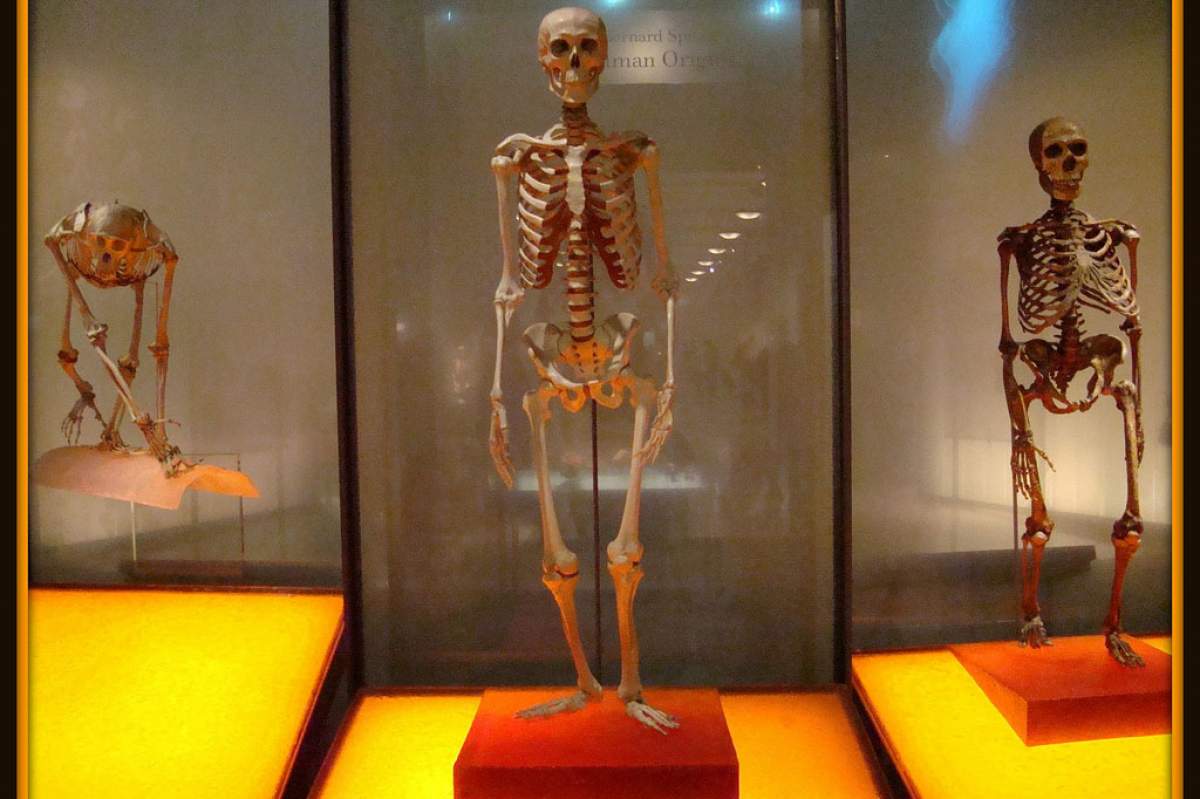
Without bones we'd just be piles of goo, and without teeth we couldn't eat solid food. That's why we're lucky living things evolved the ability to form internal mineral deposits by the process of biomineralization.
Our bodies use this process to make teeth and bones, and it's even vital to creatures that don't have bones. Clams and snails need it to make shells, and coral polyps use it to make vast reefs.
Animal Hard Parts
Animal hard parts, such as bones, teeth, and shells are important to paleontologists because they are the parts that usually fossilize. Fossilization means scientists can trace biomineralization into the past.
Nature's formal definition of biomineralization:"Bio-
mineralization is the process by which living organisms produce minerals. Biomineralization processes often lead to the hardening or stiffening of the mineralized materials."
The fossil record shows animals with hard body parts first became abundant six hundred million years ago. But in 2017, a team of researchers reported evidence from a rock formation in Canada that complex cells were making minerals even earlier, about eight hundred million years ago.
So Small
The fossils were minuscule armored plates that surrounded single cells so tiny the researchers needed an electron microscope to study them.
Simple cellular life, such as bacteria, has existed for even longer. Those bacteria and other simple cells have biomineralization abilities, too.
Some make magnetite to sense magnetic fields, and there is fossil evidence that they already had this ability one point nine billion years ago. Magnetite biomineralization in bacteria is controlled by genes and there is some evidence that the biomineralization abilities of complex cells evolved from those of simpler ancestors.
So, that may be how the precursors of bones and teeth got their start.
Sources And Further Reading:
- "Biomineralization."Nature.com. Accessed December 12, 2017.
- Choi, Charles Q. "AS OCEANS ALKALIZED, LIFE DEVELOPED BONES AND SHELLS." Astrobiology Magazine. August 28, 2017. Accessed December 12, 2017.
- Keim, Brandon. "ANCIENT FOSSILS HAVE EVOLUTION'S FIRST SHELLS." Wired.com. June 13, 2011. Accessed December 12, 2017.
- Schirber, Brandon. "Skeletons in the pre-Cambrian closet." Phys.org. January 7, 2011. Accessed December 12, 2017.









